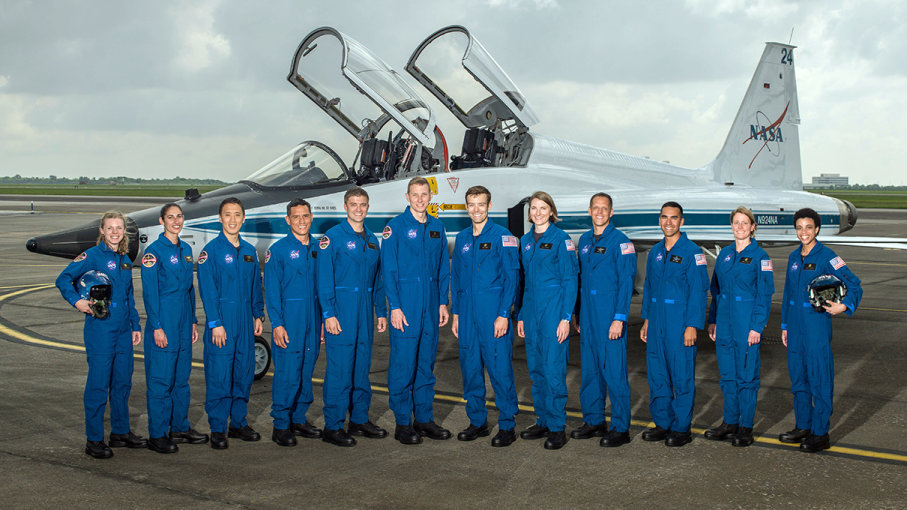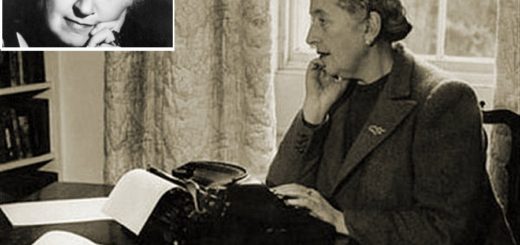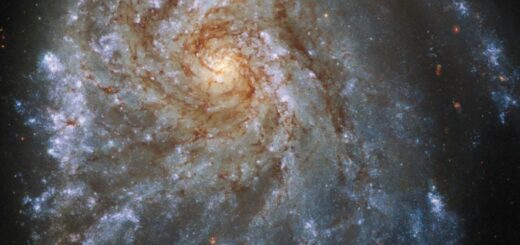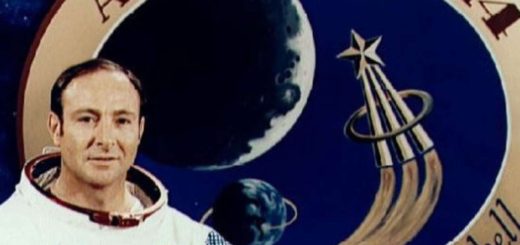10 Surprising Facts About Astronaut Training

“The fact that I applied 15 times to become an astronaut has not been lost on my friends, followers or fans,” astronaut Clay Anderson wrote in his autobiography “Ordinary Spaceman.” For him, the 16th time proved to be the charm. Anderson was finally selected to join NASA’s astronaut training program in 1998. The Nebraska native had wanted to be a space traveler since he was 5 years old [source: Anderson].
Many people feel the irresistible allure of the cosmos. And just like Anderson, countless have yearned to become astronauts at some point in our lives. And yet so few people make the cut. Only around 550 human beings have ever traveled to outer space [source: Brown].
That’s a small figure. For the sake of comparison, the average American high school has a student body of 752 pupils [source: National Center for Educational Statistics].
To live the dream and join the ranks of the space travelers, astronauts need to overcome enormous obstacles. Aspiring space travelers swim laps in heavy flight gear, withstand nauseating test flights and square off against the weirdest toilets yet devised. Ah, but for those who make it through the training process, the rewards can be fantastic.
So, if you feel like throwing your hat in the ring the next time NASA puts out a want ad for new astronauts, here are a couple of things you might like to know. (And some fun trivia for good measure.)
While NASA doesn’t have any limits on how old its astronauts need to be to visit space, it does require potential candidates to have a bachelor’s degree in a STEM-related field such as biology, engineering or computer science. NASA also requires that all astronaut trainees be U.S. citizens with excellent vision, though the use of glasses is acceptable. And finally, successful candidates must have either 1,000 hours’ worth of piloting experience in a jet aircraft or three years of relevant work experience [source: NASA].
But no, there are no official age restrictions. In the past, NASA has selected candidates who were as young as 26 and as old as 46 [source: NASA]. And the late astronaut John Glenn returned to space in 1998 at the age of 77.
Now, the odds of actually getting chosen, however, are … well, they’re astronomical. In 2016, NASA announced that a handful of new people would be allowed to enter its astronaut training program. The administration was then flooded with more than 18,300 applications. Only 12 of these hopefuls were chosen [source: Ward]. That’s an acceptance rate of just 0.065 percent!
Normally, the selection process consists of two rounds. NASA begins by interviewing about 120 of the most promising candidates. From that pool, the top eight to 14 applicants enter the newest official class of astronaut candidates [source: Ziv].
Basic training for NASA astronaut candidates takes up to two years. Those who graduate become full astronauts, but that doesn’t mean they head right into space (keep reading). So far, there have been 22 classes of NASA astronauts, many of which received cutesy nicknames. For example, the classes of 1996 and 1998 were called the “sardines” and “penguins,” respectively [source: Wattles].
All of the required swimming came as a bit of a shock to astronaut Mike Massimino, who’s said that he barely knew how to swim when NASA selected him for astronaut candidate training [source: Massimino].
During a candidate’s first month of training, he or she must pass a truly rigorous swim test. Would-be astronauts begin by swimming three full lengths of a 25-meter (82-foot) pool without stopping. Oh, and did we mention that the swimmers need to do this while wearing tennis shoes and a flight suit weighing around 250 pounds (127 kilograms) [source: Ward]?
When completing this portion of the test, astronaut candidates may use one of three strokes: the freestyle stroke, the breaststroke or the sidestroke. They’re allowed to take as much time as they need but immediately after they’ve completed all three lengths of the pool, the candidates then must tread water for 10 minutes. NASA also requires its astronauts to become scuba certified [source: Clement]. We’ll explain why later.
Astronaut candidates with no prior piloting experience are also put through a Navy-run water survival training course. Among other things, the trainees are taught how to deploy rafts and engage with rescue vehicles. For many years, astronauts went through the entire ordeal in the Gulf of Mexico, but the course was recently been moved into an indoor pool at a military station in Pensacola, Florida [source: U.S. Air Force].
As for Massimino, he passed his swimming and water survival tests with flying colors. And poetically enough, the astronaut took one of Michael Phelps’ swim caps into orbit on his last space flight [source: Discovery].



 Creators of mankind
Creators of mankind Description of “Tall white aliens”
Description of “Tall white aliens” Where they came from?
Where they came from? About hostile civilizations
About hostile civilizations The war for the Earth
The war for the Earth “Tall white aliens” about eternal life
“Tall white aliens” about eternal life Video: “Nordic aliens”
Video: “Nordic aliens” Aliens
Aliens Alien encounters
Alien encounters The aliens base
The aliens base UFO
UFO Technology UFO
Technology UFO Underground civilization
Underground civilization Ancient alien artifacts
Ancient alien artifacts Military and UFO
Military and UFO Mysteries and hypotheses
Mysteries and hypotheses Scientific facts
Scientific facts


















